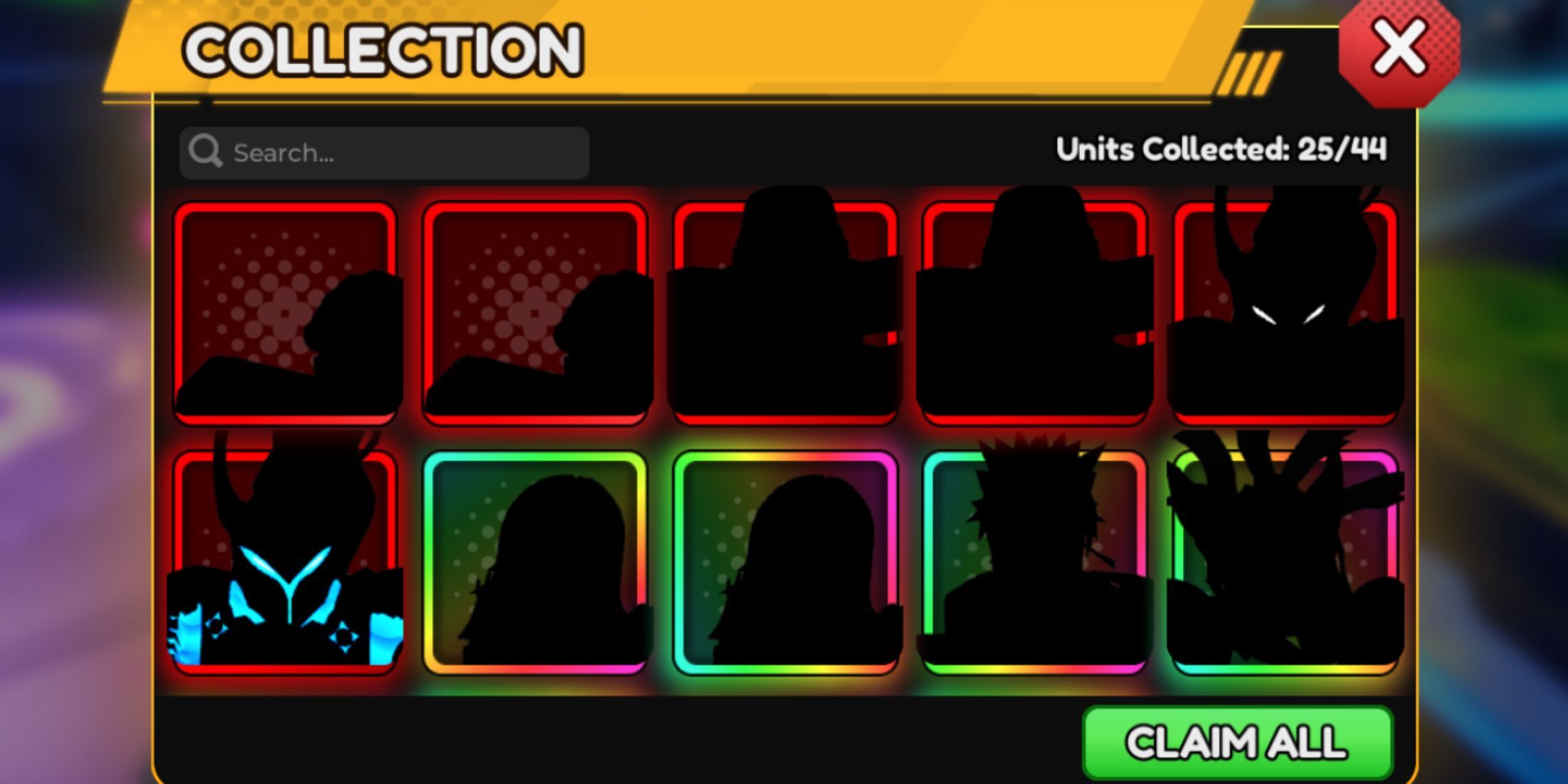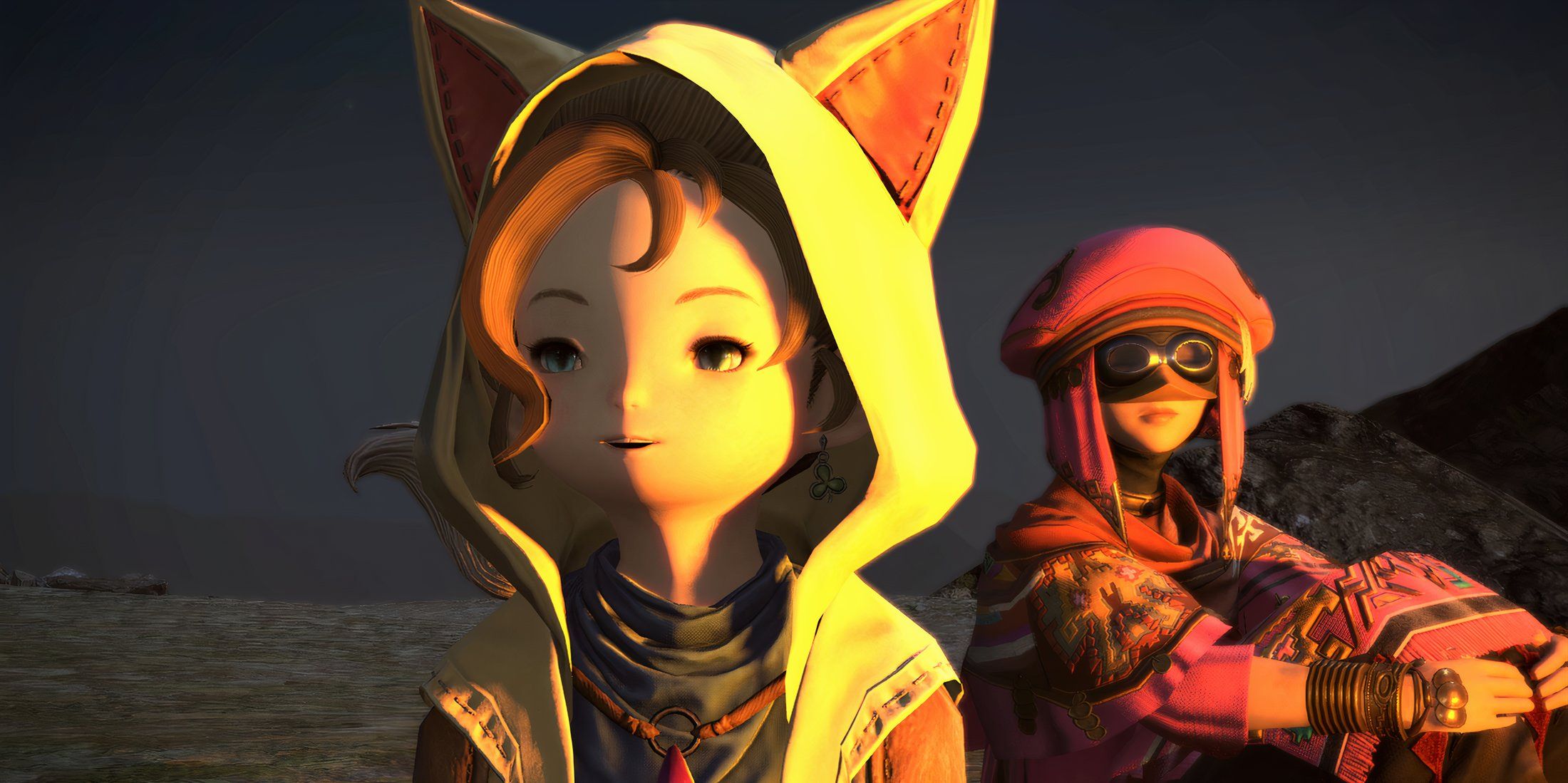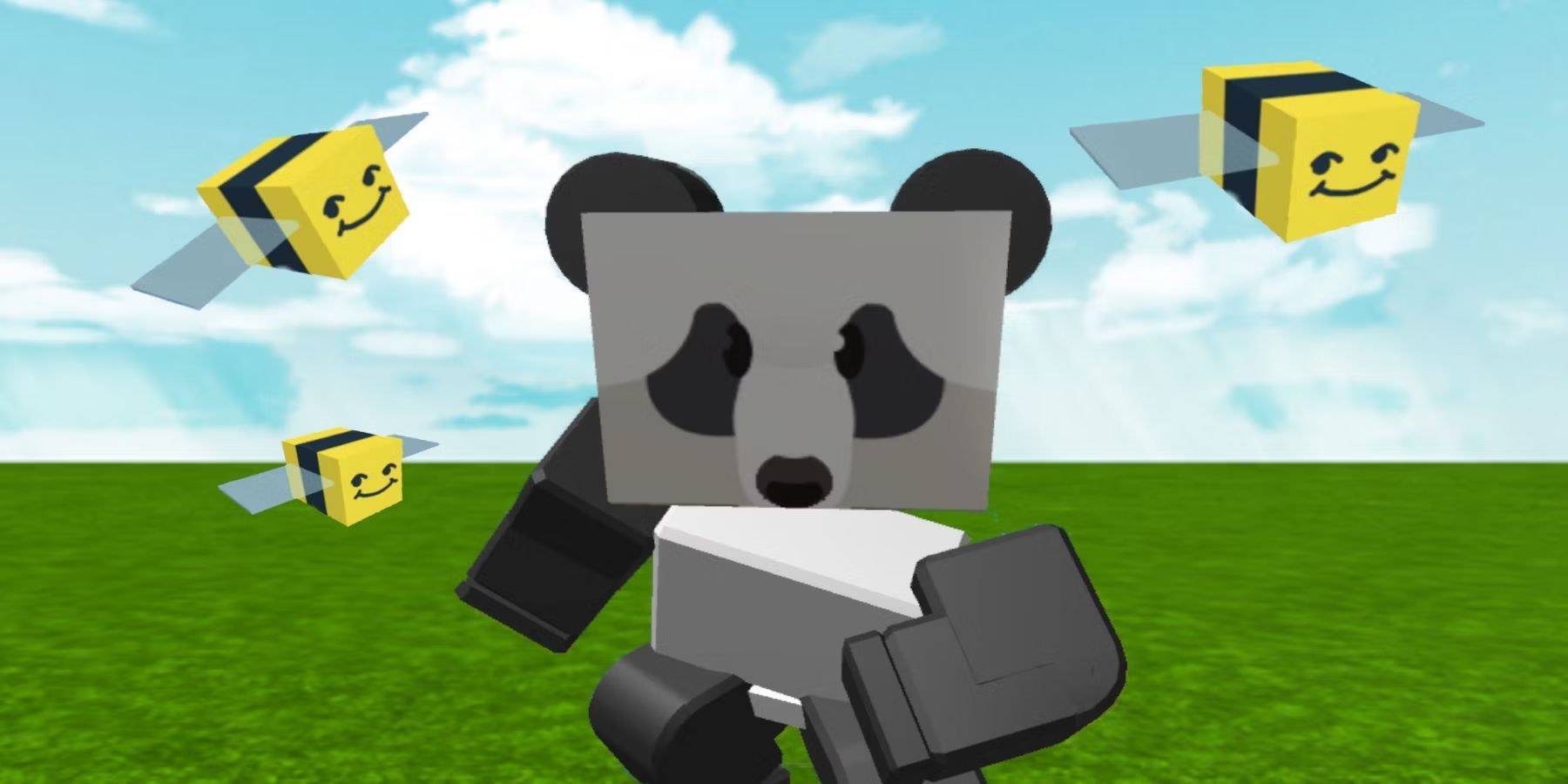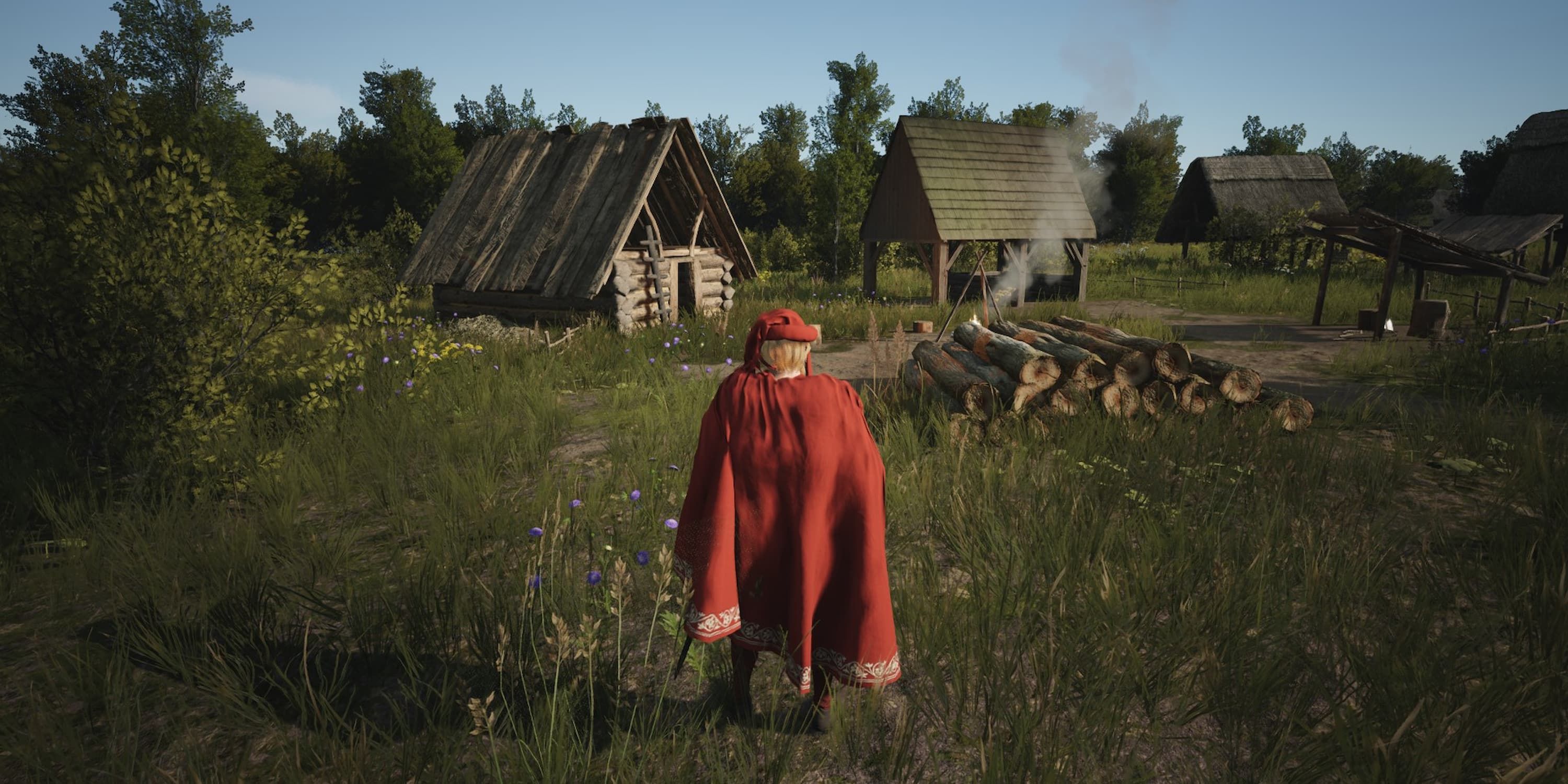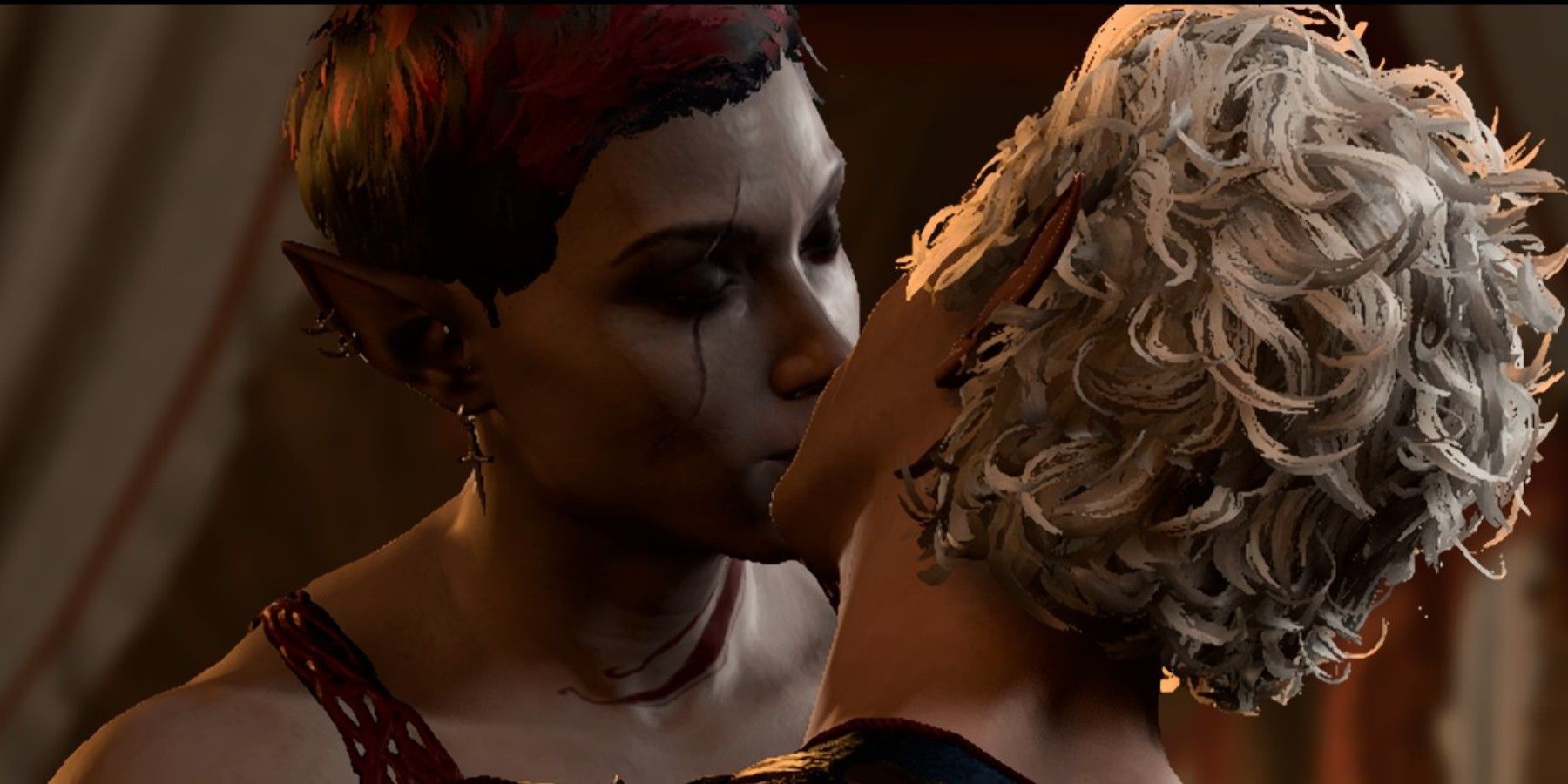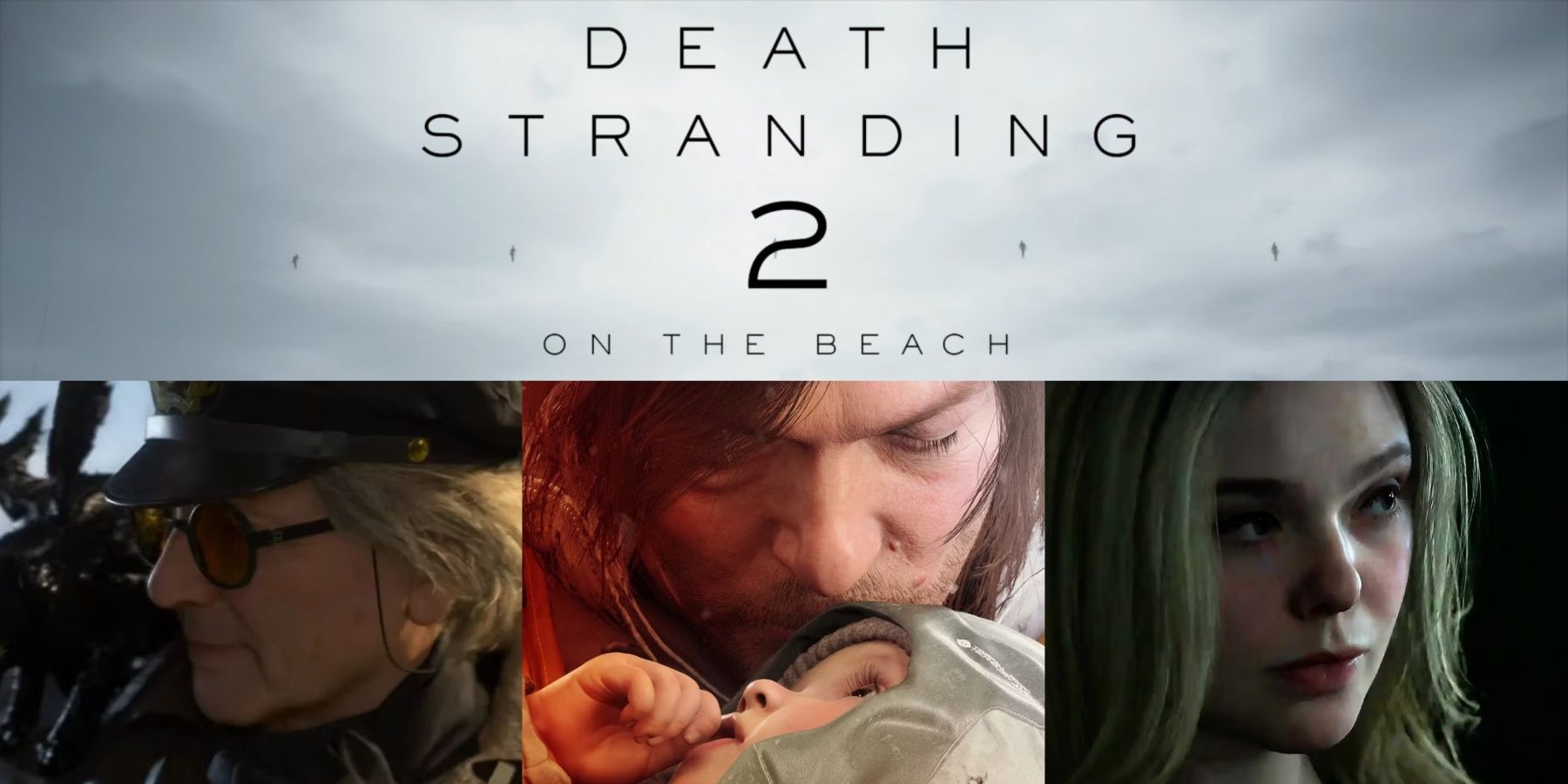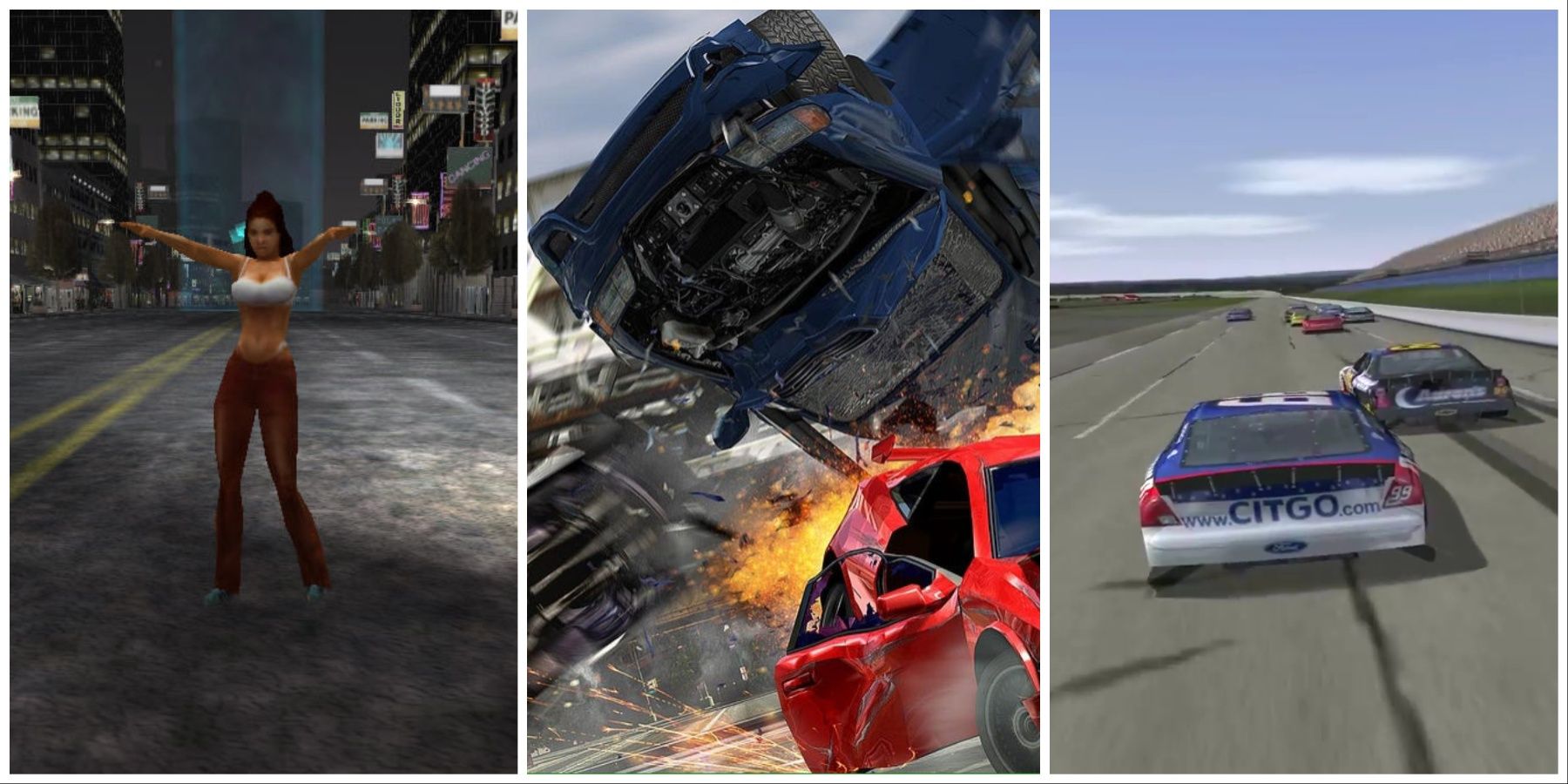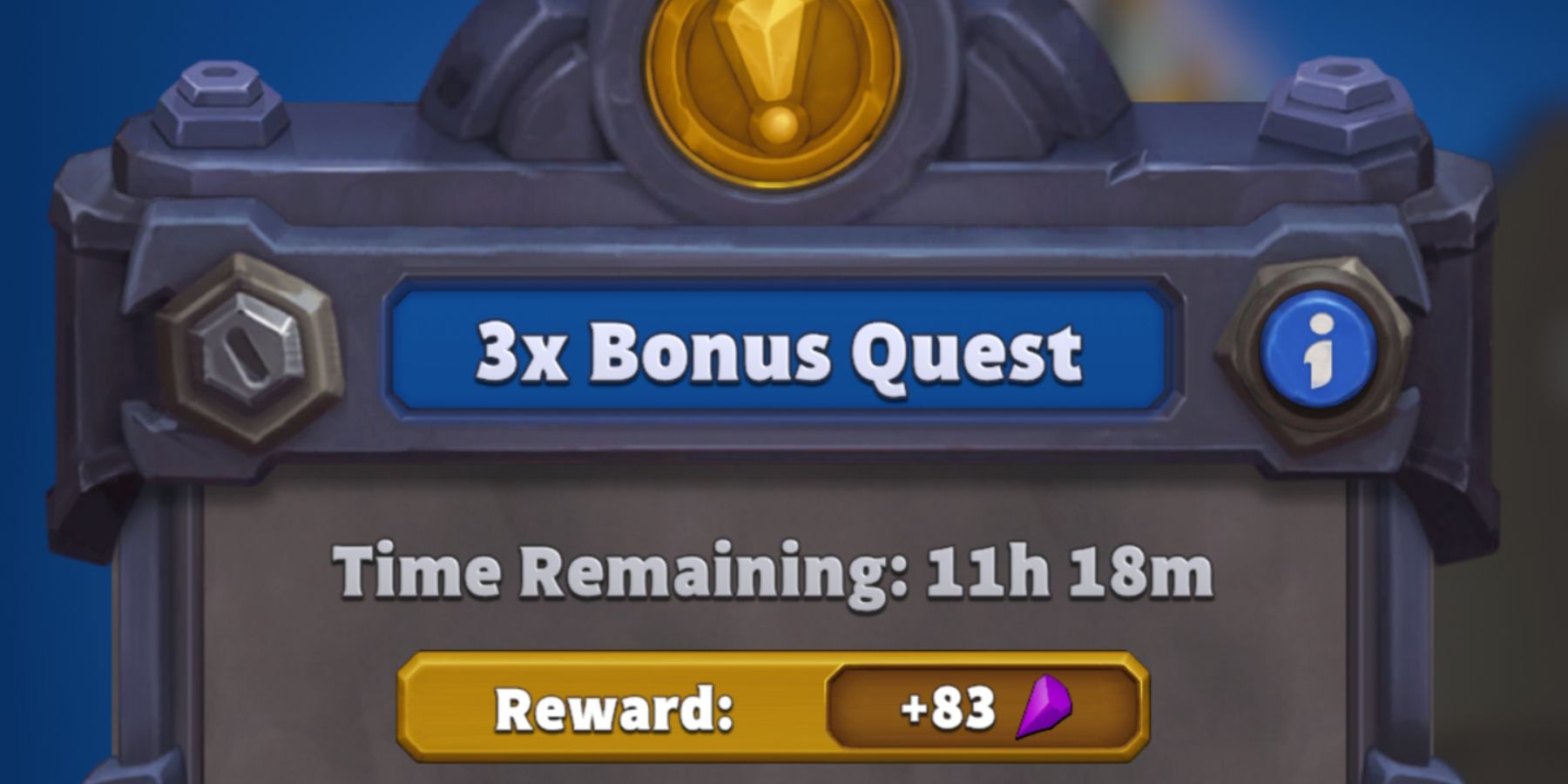Some game developers are like rock stars to their community, like Todd Howard of Bethesda or Hideo Kojima of Kojima Productions. Any list of these industry icons has to include the lead of Final Fantasy 14, Naoki Yoshida, who helms Square-Enix’s Creative Studio 3.
At Gamescom, Game Rant got to sit with Yoshi-P for a wide-ranging interview (via a translator) on Final Fantasy 14 and the recent expansion Dawntrail, including its inspirations, the development of its story and features, and what to expect from the upcoming patch series. The following interview has been edited for brevity and clarity.
Trailing the Dawn with Yoshi-P
Q: With the release of Dawntrail , we’re kind of officially in the post- Endwalker world now. I was curious if you’ve noticed any major changes to your mindset going forward?
Yoshida: No, the answer would be no for us. After we released Endwalker, we had already released five major patches up until the expansion release, so there wasn’t really any change in the mindset. Our mindset had already changed a long time ago.
We’re currently working on content that will be in 7.1, and 7.2, and even for things that will take a little bit longer, we are working towards 7.3. We are just really working hard to deliver a large variety of content for Final Fantasy 14 moving forward as we look towards the next 10 years. In that regard, we just want to continue straightforward on our journey.
Q: Could you talk a little bit about the Latin American influences on Dawntrail and what they add to the world of Final Fantasy 14 ?
Yoshida: As you know, Final Fantasy 14 has many players around the world, and when we look at existing locations within 14, we can look, for example, at the three city states in Eorzea and even places like Gridania. They draw inspiration from places around the world. We had many players who were waiting for us to incorporate some sort of homage to Central and South America, and we had in mind those players who were really expecting some sort of reference to this area.
But of course, when we look at the world within Final Fantasy 14 as well, and when we consider expanding that world, we have the theories and we also have the other reflections of the Source. But when we wanted to expand on that, we also considered other requests that came from the community, and a lot of players were actually asking for tacos! When will tacos be implemented? We thought, ‘Okay, why don’t we do both of them at the same time?’ We decided to implement a whole continent, and that was our homage to Latin America
Of course, if we think about Latin America as just a single entity, that’s a mistake. It’s more complex than that; it has a history spanning several thousand years. The culture itself is not simple, and because we understood the complexity of that, we didn’t want to take a very simple approach. With that in mind, we did a lot of research, we went to museums, and we read a lot of literature about historical references. We studied a lot about old civilizations in the region, and then we considered how can we adjust that to make it fit perfectly into Final Fantasy 14? That, in itself, was a challenge for us, and when we saw the response from our players in Central and South America, they seemed to be really happy with the results. I think, taking that in mind, we ended up being successful in our endeavors.
Q: For the launch this year, log-in queues were much better than in the past. I was curious to know what the team has learned about managing these queues?
Yoshida: When we look back at Endwalker, we experienced a situation where we had a huge increase in our player base, and as a result of that, we found that the number of players who were trying to access the servers exceeded the server capacity. That was a big factor behind the approach that we took for Dawntrail. But rather than technological aspects, I think it was more the case that we wanted to expand Final Fantasy 14, and we wanted to give back to the player community.
We wanted to invest in our service so that we would be able to increase our infrastructure and then enable them to have a smooth login experience. In a way, you could say that it was more that we were expanding the scale of our service. I think, for an MMO to have such a smooth launch, is not a very common thing in the industry. I think it’s thanks to the dedication of the Final Fantasy 14 team that we were able to achieve that.
Q: Honey B. Lovely has become a very popular character. Were you anticipating that? What did you think when you saw the reception of the character?
Yoshida: [Laughs]
Honestly speaking, Honey B. Lovely is kind of like a really cutesy character. I thought, you know, there were going to be people who like her and don’t like her. I was wondering about where the general consensus was going to be swayed? Because there hasn’t really been this kind of character in 14 before, and she’s a really standout character, but it turns out that a lot of people really like that. In that regard, I have a sense of relief.
Please Look Forward To It
Q: We’re going into the 7.x patch series, what should be the player’s general expectations going forward?
Yoshida: We’ve already introduced the concept, not only for the 7.x series, but moving forward in Final Fantasy 14, we want to enhance the appeal of Final Fantasy 14 as an MMORPG. So that’s specifically in the sense that everyone can get together and play together. We are working on large-scale content, which is planned for 7.1, and also from patch 7.2, we will have huge areas where players can explore together. There will be unique systems incorporated so they can uniquely pursue character development and growth. In any case, I would say that we are working on a variety of different content working towards this goal, so I hope players can look forward to it.
Q: What can you share about the development of the dynamic between Wuk Lamat and Sphene?
Yoshida: This applies not only to Wuk Lamat and Sphene, but we always incorporate the concept of a clashing of values. If we take the example of Shadowbringers, both parties want their world to return to what they know is normal. If we take a look at Emet-Selch, he has his position as an Ancient, and he wants to restore the world to the way that he knew it. He wanted to bring back the people that he knew back from the past, so that he would be able to live together with them in happiness. But on the other hand, if we look at the Warrior of Light and Alphinaud and the rest of their team, they are fighting to protect the peace of their own world and for the freedom of their people. In that sense, both sides are working towards the same goal, which is hope and peace.
But in terms of the end result, it’s not possible to achieve both of those goals simultaneously. For Emet-Selch, if he wants to bring back the world that he knew, he would have to destroy the current world as it is. For the Warriors of Light, although we understand Emet-Selch’s goal, we are not prepared to sacrifice our own world. This is what leads to that conflict, and this is a key element in Final Fantasy 14, which always recurs throughout the main scenario at some point.
When it comes to Wuk Lamat and Sphene, they are both leaders of their own people, and they both want to protect their people. However, the ways that they want to go about it are different, and they also have different values. As a result of that, they have no other option but to fight each other, and this is the plot that we came up with.
We always decide first on the central theme of the expansion, and then we work on the plot. In a way, you could say that this is the fate of those characters. However, when I put it this way, you might think that the story might not be interesting any longer, but we go through a planned process. We go through a planned process of creating the plots each time, and that’s basically the approach that we take.
Unfortunately, when we look at the real world, we can see that now the situation after the coronavirus pandemic is quite turbulent, so some parts of the world have become divided, and due to differences in history and differences in values, this has led to wars in certain regions. As a result of that, in a given area, there might be two different ideologies which are coexisting and are present within the given area. I think this is the direction that the world is currently taking, but I thought that if people would be able to talk together, take the time to understand each other and learn more about each other, then that would lead to us having a richer and more fulfilled world. Because I had that personal thought, this was also something that was incorporated into the story as well.
Q: The two dye channels have been very well received as well. Does the team have any plans surrounding this feature, expanding it?
Yoshida: We do plan to continue working on expanding functionality for people who love their fashion. With regards to the two-dye channel system, we still haven’t updated all of our previous assets for the system, so we are working on that, and we should be able to finish all of the existing assets by patch 7.3. That is our first goal right now. But after we get through that, then we will be thinking about what to do next.
Q: One of my favorite parts about Final Fantasy 14 is the community. There are theatrical performances of Shakespeare, festivals like an in-world Woodstock put on by roleplayers in Final Fantasy 14 , and this community has obviously enjoyed support from the team for years. How do you approach supporting such a wide community of players?
Yoshida: I think this applies, not just to gamers, but in regards to social media in general. Social media has really developed, and I think now it’s not a situation where you see like just a big community, but rather many different smaller communities have their own interests. I think this is very much the contemporary situation that we have. In that regard, it’s not like the old times when you would see many different people just get together with the same trend. Rather, people have their own interests, they stick together, and they form their own small communities.
When we look at the situation within Final Fantasy 14, there are various different communities, and we try not to place any given community on the pedestal, as it were. For example, there might be a community of players who really like battles, but we try not to place them on a pedestal because we know that there are other communities as well. Maybe some people are really into housing, and they are very particular about their housing.
When we go throughout our process of updating Final Fantasy 14, we approach it in the mindset that it’s okay to have your own interests because what we are doing is that we are accepting various values that the players have. As a result, we can see that there are many different communities established within the game, but when you take a wider view of the game as a whole, they all come together and make this one bigger community. In that regard, I think it’s really important for us to take extreme care and strengthen that balance, and that’s what I’m always trying to do in 14.
Q: As a whole, what are you most proud of when it comes to this expansion?
Yoshida: To be able to release an MMO of this scale and be able to provide a stable playing experience for the game just goes to show that we were able to prove the quality of our operations, so I’m really happy about that. In addition to that, we have also been working on the graphical update and there are still some fine adjustments left, but when I consider the fact that we were able to push through and incorporate the first graphical update in the short amount of time that we had, I’m really proud of the team. I would really like to praise them for their hard work, so I think these two points were the big points that I’m really proud of in Dawntrail.
[END]

